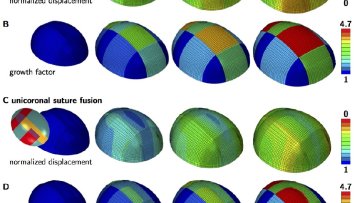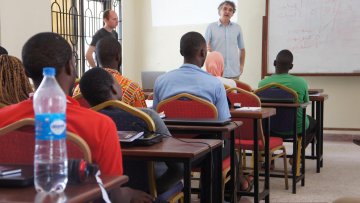11:00
Modular Andre-Oort with Derivatives - Recent Developments
Abstract
I will discuss my ongoing project towards a version of the Modular Andre-Oort Conjecture incorporating the derivatives of the j function. The work originates with Jonathan Pila, who formulated the first "Modular Andre-Oort with Derivatives" conjecture. The problem can be approached via o-minimality; I will discuss two categories of result. The first is a weakened version of Jonathan's conjecture. Under an algebraic independence conjecture (of my own, though it follows from standard conjectures), the result is equivalent to the statement that Jonathan's conjecture holds.
The second result is conditional on the same algebraic independence conjecture - it specifies more precisely how the special points in varieties can occur in this context.
If time permits, I will discuss my most recent work towards making the two results uniform in algebraic families.




